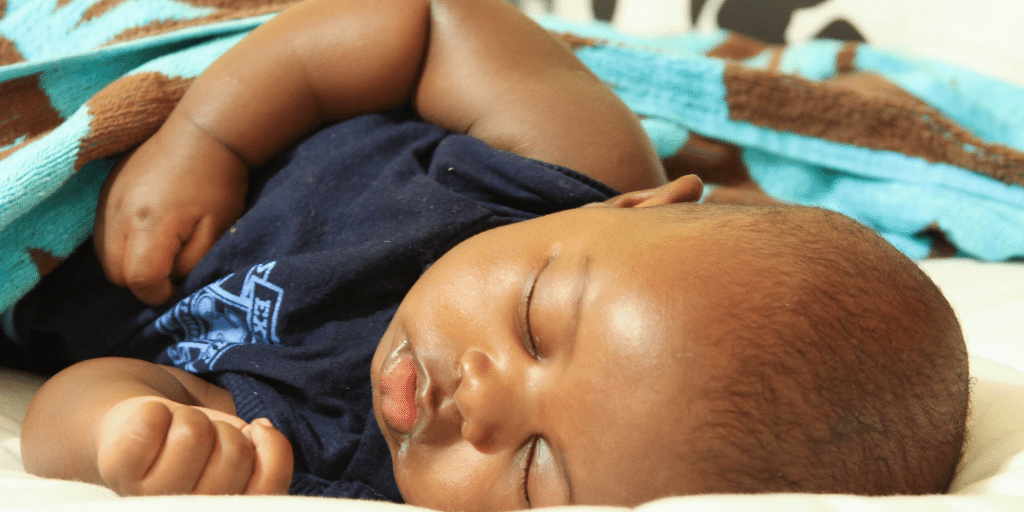Helping your baby stick to their sleep routine by being better informed about baby sleep
Some babies love their naps, while others really struggle to go down when there are exciting things happening around them. Whether your little one sleeps well or is a reluctant napper, we have three ways to help your keep your baby’s daytime sleep schedule on track. After all, this helps your baby get a good night’s sleep.
1 Know how much sleep your baby needs
The amount of sleep your baby needs during the day will change a lot in their first year. From birth until about four months, your baby will need four or five naps during the day. By the age of four months, it will be closer to four naps a day.
From five to eight months, your baby will nap about three times per day. From nine to 15 months, your little one will only need two naps (although she may transition to one nap a little earlier). From 18 months up to three or four years old, she will need one nap in the daytime.
Remember that these are guidelines, and your baby may need more or less sleep than the average child.
2 Know what a nap really is
It’s perfectly normal for newborn babies to take short naps, so if you're wondering whether that 15 minute snooze actually counts as a nap or not, it probably does in the early weeks. For older babies though, a 15 minute nap is not long enough - we're sure you agree!
Read more about how much sleep your baby needs
In the first six months of your baby’s life, any nap that is longer than 45 minutes can be considered a ‘real’, restorative nap, while any nap that’s 30 minutes or less probably isn’t long enough to be a good nap.
To complicate matters, if your baby is in the midst of a nap transition, such as going from four to three naps per day, then a short catnap is considered normal.
At six months and older, your baby should nap for at least an hour at least twice a day for her naps to be restorative.
Older babies and toddlers who are down to needing just one or two naps per day should be able to nap longer - at least an hour each time.
3 Know how to nap on the go
While it's true that the naps that take place at home are usually more restorative than sleep that happens in a car seat or a pram, napping at home isn’t always possible. If your baby or toddler has to nap on the go, make their sleep environment is as nap-friendly as possible. Make it dark, quiet and free from distractions. SnoozeShade is perfect for this, and one of the reasons why it was invented.
Further reading:
Tips for better daytime naps for your baby
Travelling with a newborn? Here's all you need to know for a successful trip



